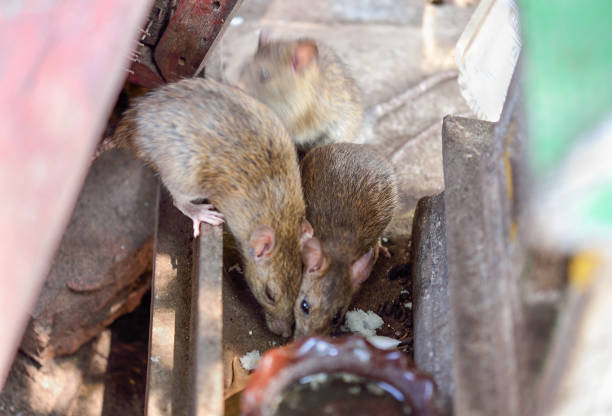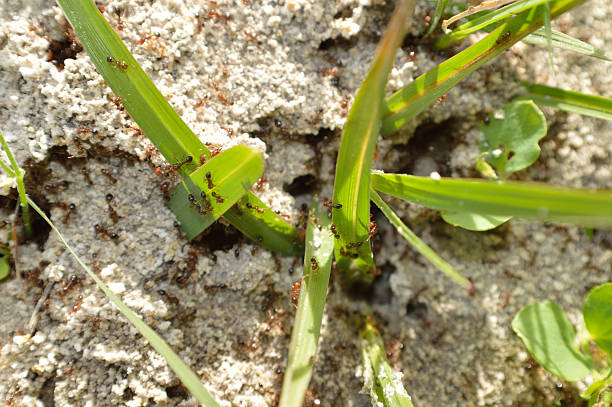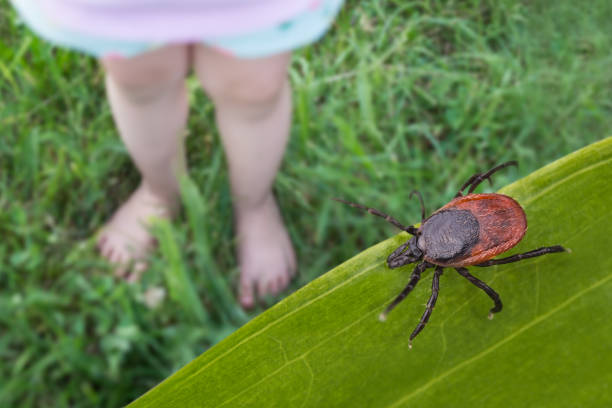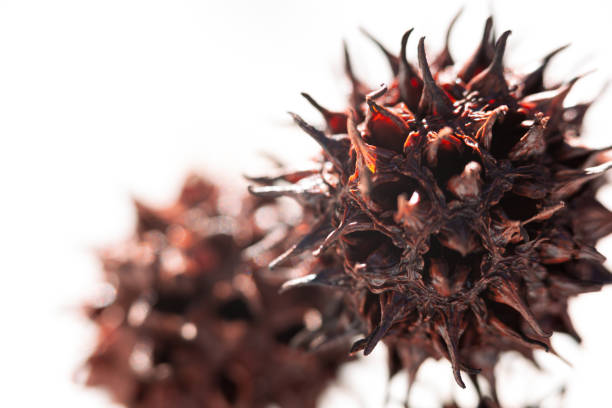How to Get Rid of Sand Fleas in Your Yard
This post contains affiliate links. This means I will make a commission at no extra cost to you should you click through and make a purchase. Read the full disclosure here.Sand fleas can be a nuisance when they invade your yard, causing discomfort and potential health risks. These tiny pests are not actually fleas but are crustaceans known as beach hoppers or sand hoppers. They are commonly found in coastal areas and sandy environments. If you’re dealing with sand fleas in your yard, it’s important to take effective measures to eliminate them. In this article, we will discuss various methods to get rid of sand fleas and prevent their return.
Introduction
Having a sand flea infestation in your yard can be bothersome, as these creatures are known for their bites and ability to multiply quickly. Understanding their behavior and implementing appropriate strategies can help you regain control of your outdoor space.
What are Sand Fleas?
Sand fleas are small crustaceans that belong to the Talitridae family. Despite their name, they are not actual fleas. These creatures are usually found in sandy environments, including beaches, dunes, and yards with sandy soil. They have elongated bodies and powerful legs, which allow them to jump considerable distances. Sand fleas are most active during the night and early morning when the temperatures are cooler.
Identifying Sand Fleas in Your Yard
To effectively combat sand fleas, it’s important to first identify their presence in your yard. Look for the following signs:
Bites: Sand flea bites are characterized by red, itchy bumps on the skin. These bites are often found on the feet, ankles, and lower legs, as sand fleas tend to jump onto their hosts from the ground.
Hopping activity: Sand fleas are skilled jumpers, so you may notice small creatures hopping around in your yard, especially during the cooler hours of the day.
Presence of burrows: Sand fleas create burrows in the sand or soil, which serve as their hiding places during the day. Look for small depressions in the ground where sand fleas might be taking shelter.
Health Risks Associated with Sand Fleas
While sand fleas are generally more of a nuisance than a serious health threat, their bites can cause discomfort and allergic reactions in some individuals. Scratching the bites excessively can lead to secondary infections. Additionally, sand fleas may carry bacteria or parasites, which could pose health risks to humans and pets.
Preventive Measures
Preventing sand fleas from infesting your yard is the first step in addressing the issue. Here are some effective preventive measures:
Keep the yard clean and tidy: Regularly clean up any debris, leaves, or piles of organic matter in your yard. Sand fleas are attracted to these areas, so keeping them clear will discourage their presence.
Reduce moisture and standing water: Sand fleas thrive in damp environments. Ensure proper drainage in your yard to avoid standing water, and consider using fans or dehumidifiers to reduce humidity levels.
Regularly mow and trim the grass: Sand fleas tend to hide in tall grass. Keeping your lawn well-maintained and trimmed will make it less hospitable for these pests.
Create a barrier with natural repellents: Use natural repellents, such as diatomaceous earth or cedar oil, around the perimeter of your yard. These substances can act as a barrier and deter sand fleas from entering.
Removing Sand Fleas from Your Yard
If you already have sand fleas in your yard, it’s crucial to take immediate action to eliminate them. Here are some methods you can use:
Using chemical insecticides: In severe infestations, you may consider using chemical insecticides specifically formulated for sand fleas. Follow the instructions carefully and apply the product as directed.
Natural remedies and DIY solutions: Alternatively, you can opt for natural remedies to control sand fleas. These include nematodes, beneficial nematodes, which are microscopic worms that feed on sand fleas, and spraying a solution of water and dish soap on affected areas.
Maintaining a Sand Flea-Free Yard
Once you have successfully eliminated sand fleas from your yard, it’s important to maintain a pest-free environment. Here are some tips:
Regular yard maintenance: Continue to keep your yard clean and tidy by removing debris, mowing the lawn, and trimming vegetation regularly. This will discourage sand fleas from returning.
Consistent preventive measures: Apply natural repellents or barriers periodically to prevent a reinfestation. Follow the preventive measures mentioned earlier to minimize the chances of sand fleas returning to your yard.
Conclusion
Dealing with sand fleas in your yard can be a frustrating experience. However, by implementing preventive measures and using effective elimination methods, you can regain control of your outdoor space. Remember to maintain regular yard maintenance and remain vigilant to prevent sand fleas from returning.
FAQs
Can sand fleas bite humans?
Yes, sand fleas can bite humans. Their bites often result in itchy bumps and, in some cases, allergic reactions.
Do sand fleas only infest sandy areas?
Sand fleas are commonly found in sandy environments, but they can also infest yards with sandy soil or areas with debris and organic matter.
Are chemical insecticides safe to use in my yard?
When using chemical insecticides, it is important to follow the instructions carefully and take necessary precautions to ensure the safety of humans, pets, and the environment.
How long does it take to eliminate sand fleas from a yard?
The time it takes to eliminate sand fleas from a yard depends on the severity of the infestation and the methods used. Consistent and thorough application of preventive measures and elimination methods will yield better results.
Are natural remedies effective in controlling sand fleas?
Natural remedies can be effective in controlling sand fleas, especially in mild to moderate infestations. However, severe infestations may require the use of chemical insecticides for more efficient results.













